Is Modern Architecture Losing Its Soul Thanks to Digital Craftsmanship? soulless modern buildings
- Dennis Asis

- Jul 29
- 4 min read
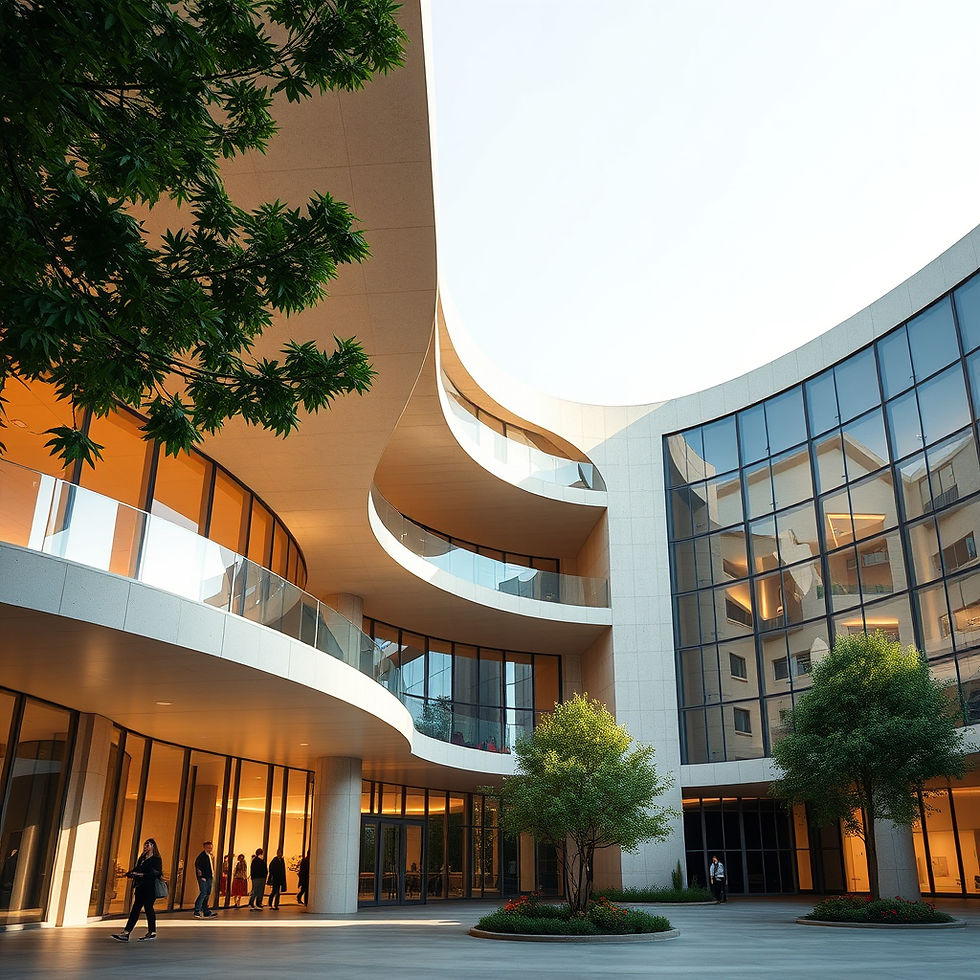
In recent years, a striking sentiment has emerged among architecture enthusiasts and the general public: modern architecture often feels soulless. This observation prompts us to question if the increasing reliance on digital technology and software in architectural design is stripping buildings of their character and craftsmanship. In our fast-paced digital world, are we sacrificing artistry for mere efficiency?
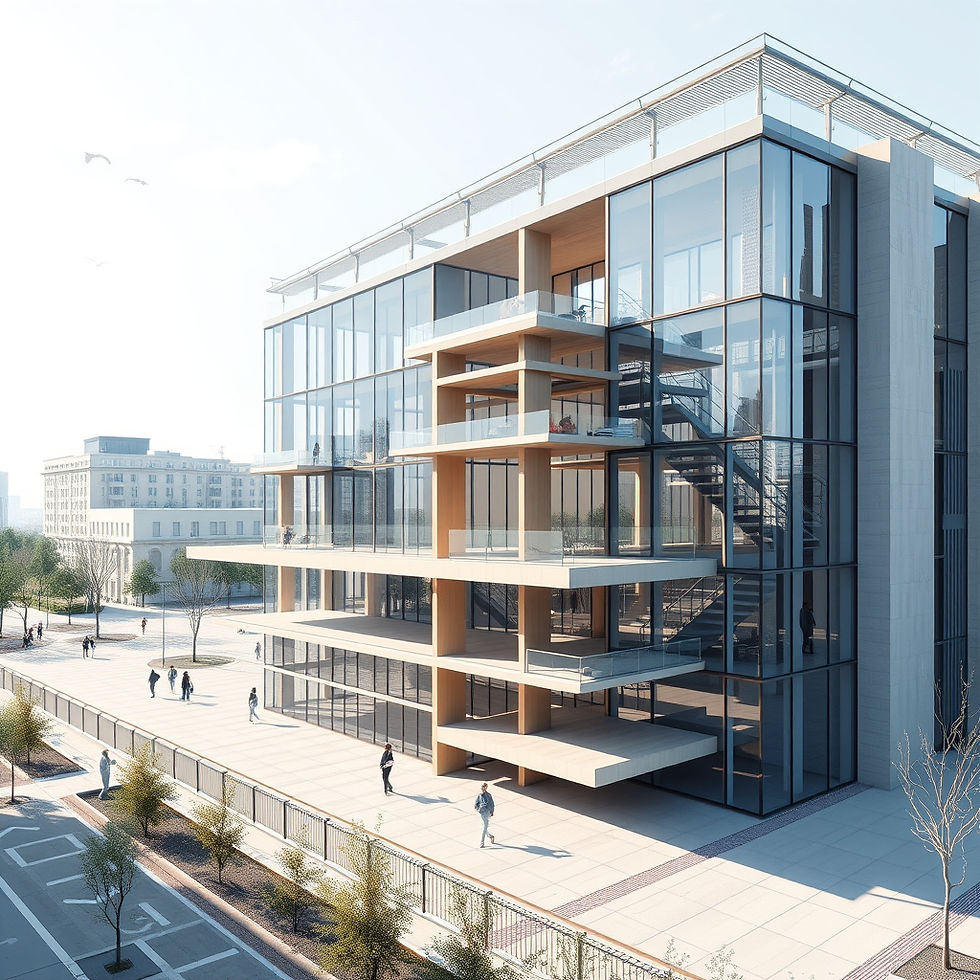
The Rise of Digital Tools
The rise of digital design tools has significantly transformed the world of architecture. Software like Computer-Aided Design (CAD) and Building Information Modeling (BIM) enables architects to create intricate structures with unmatched precision. In fact, a survey showed that 66% of architects use CAD tools extensively in their projects. However, this advancement comes at a cost. As designers lean more on algorithms and templates, there is a tangible risk of architectural homogeneity creeping into their work.
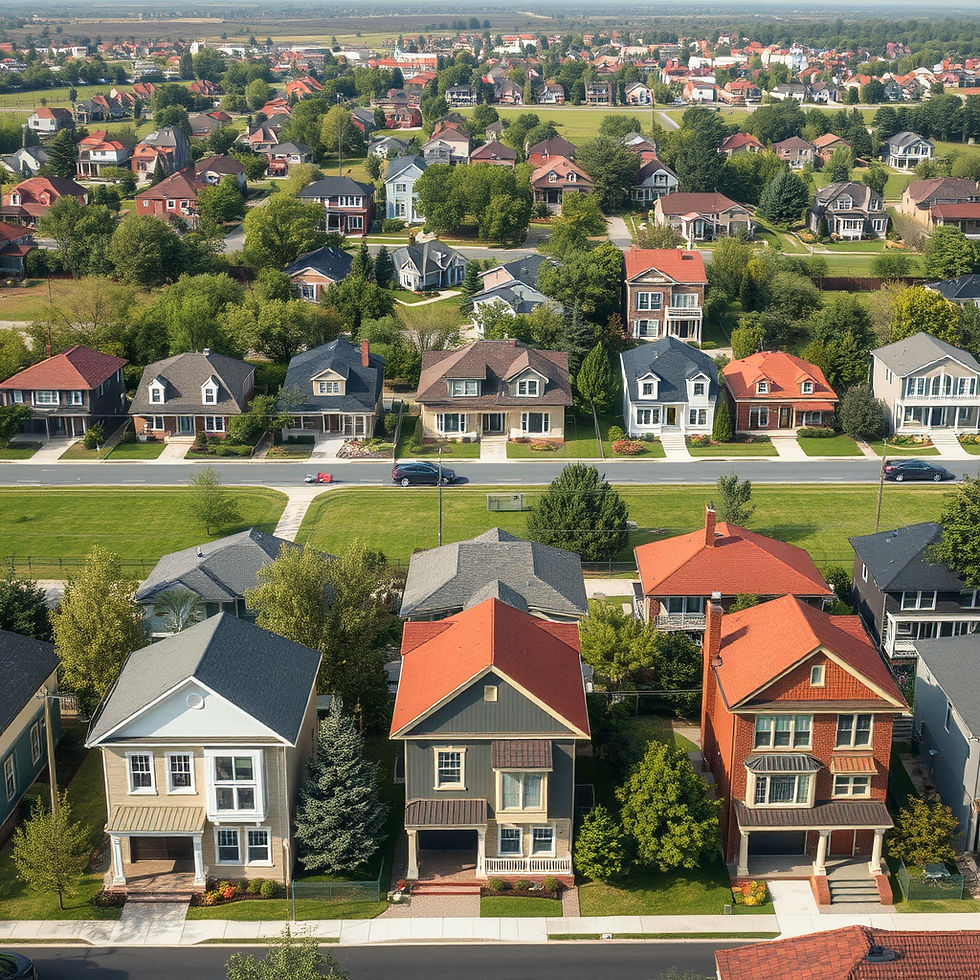
Consequently, buildings often start to resemble one another more closely than ever before, losing the unique charm that characterized iconic designs from past eras. For instance, blocks of new homes in suburban areas often feature similar layouts and materials, resulting in neighborhoods that feel monotonous and devoid of unique identity.
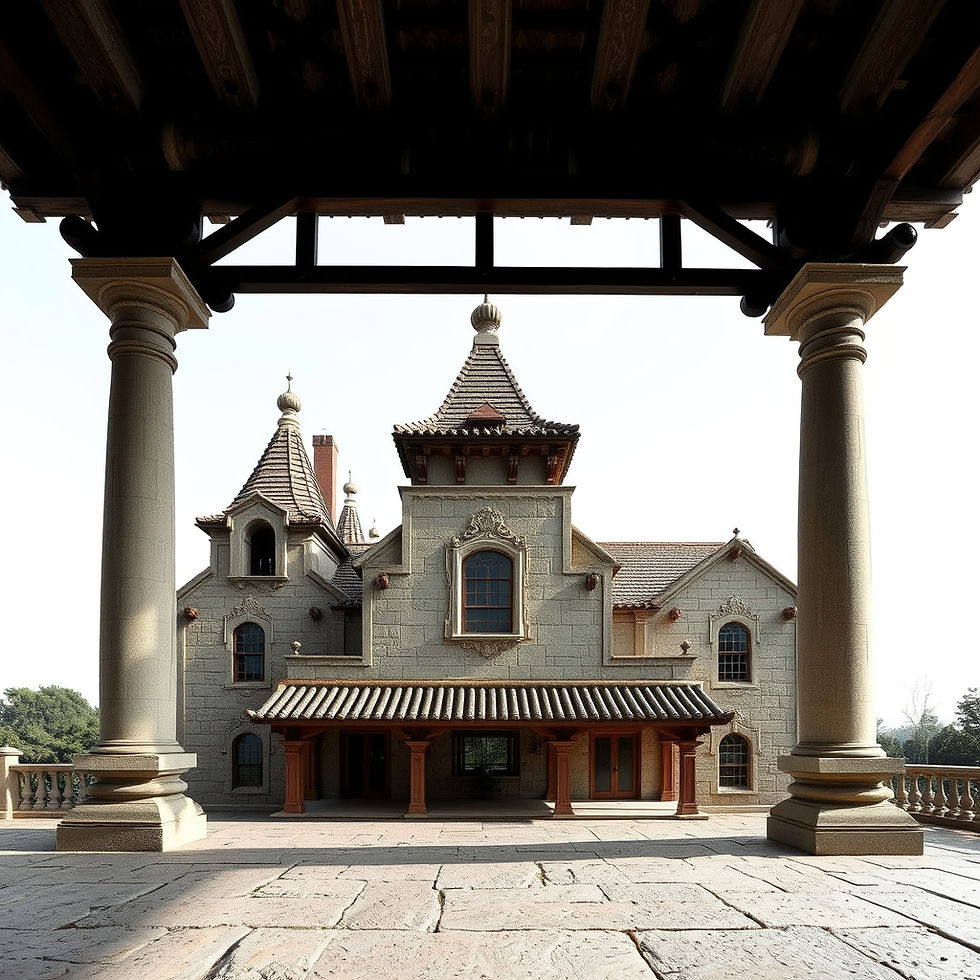
The Role of Craftsmanship VS. soulless modern buildings
Craftsmanship is an essential part of architecture. Traditional building techniques relied on skilled artisans, who dedicated their creativity to every detail of a structure. Consider the difference between hand-carved stone and mass-produced concrete; the former tells a story of human labor and passion, while the latter feels generic.
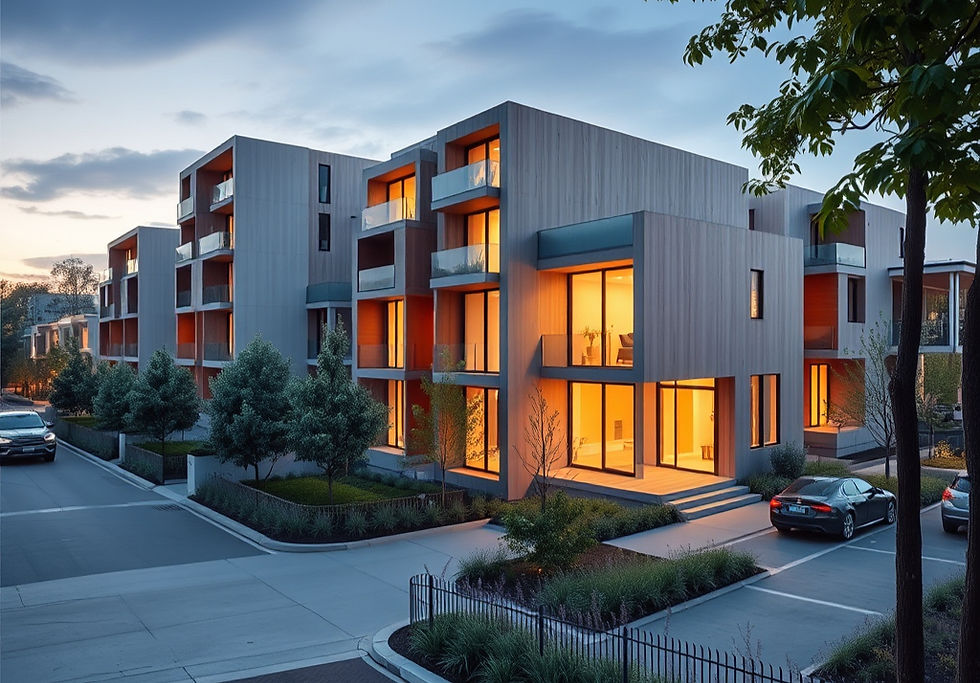
Imagine strolling through an urban area filled with pre-fabricated materials and uniform designs. Such an environment can seem lacking in personality, stripped of the tales that older structures communicate through their designs. The decline of craftsmanship often overshadows the warmth and distinctive character that older buildings exude.
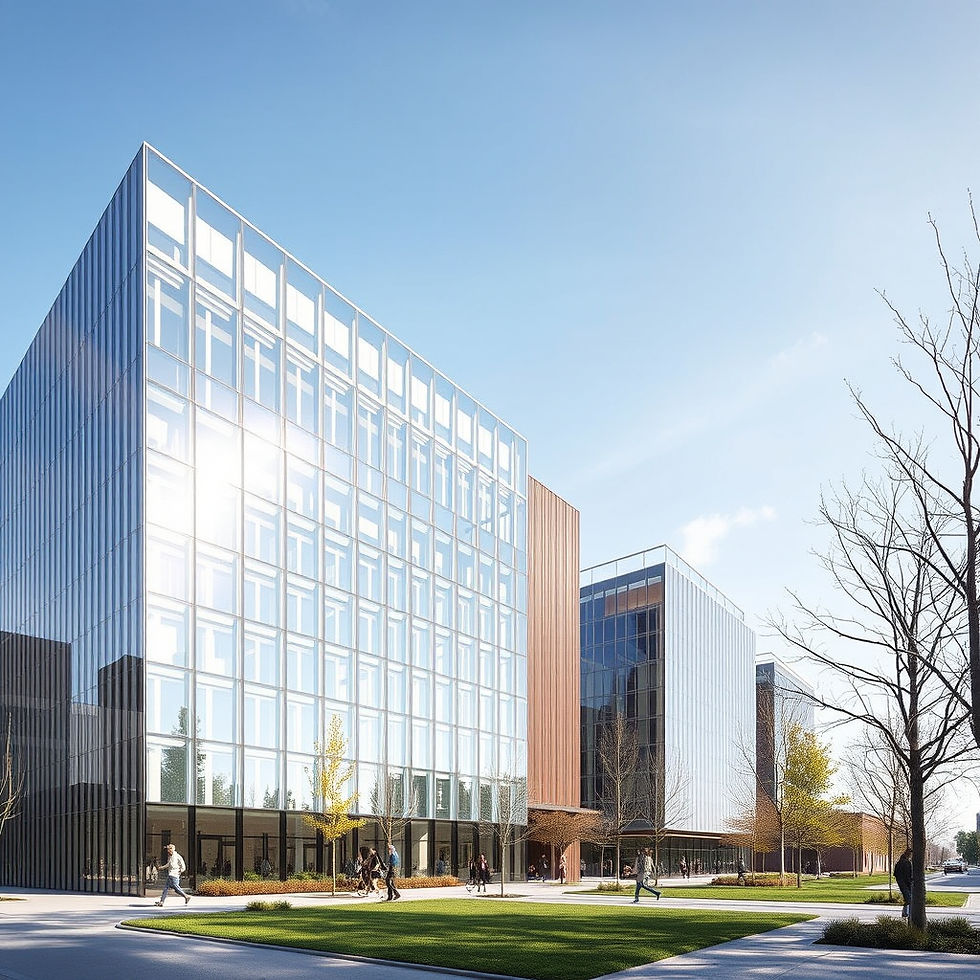
Connection to Place
Buildings represent more than functional spaces; they embody connections to their surroundings and the communities they foster. Modern architecture soulless modern buildings, with its sleek glass and steel façades, frequently feels detached from the landscapes they inhabit. This disconnection is particularly visible in urban centers, where hasty design choices yield structures that appear imposed upon their environment rather than integrated within it.

True craftsmanship flourishes in context, engaging with local traditions and materials. For instance, a building that incorporates local stone and reflects the heritage of its neighborhood can create a deeper connection with people. When architects prioritize community input, historical preservation, and architectural integrity, the outcome is structures that resonate with the users who inhabit them. Unfortunately, this vital collaboration is often overshadowed by a data-driven approach to design in the digital age.
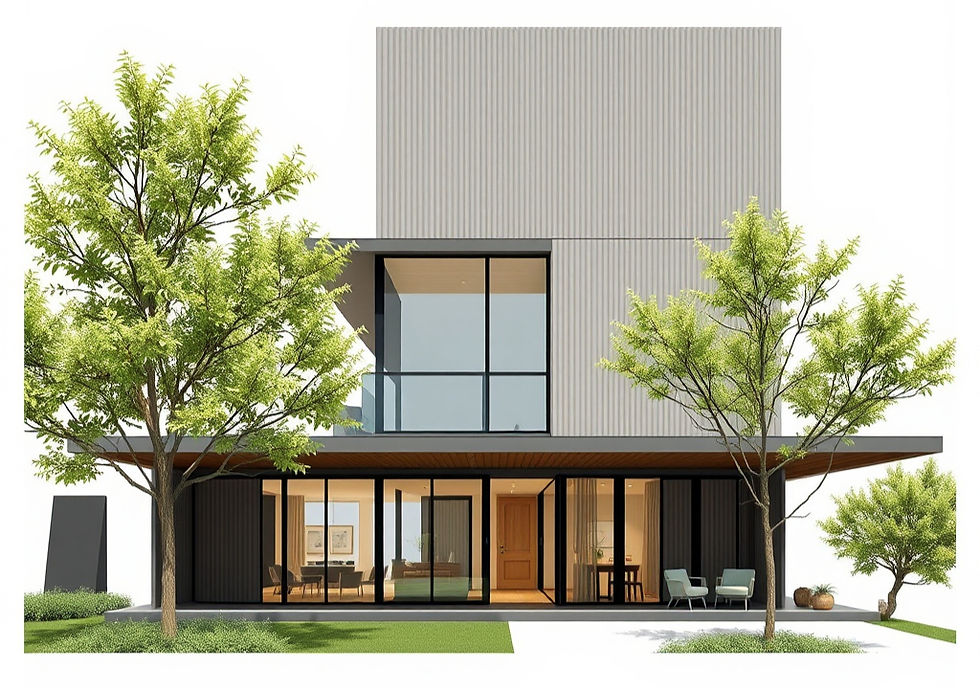
Rethinking Digital Design
What can we do moving forward? The solution lies in combining digital tools with a strong emphasis on human creativity, history, and craftsmanship. Architectural firms can adopt a hybrid model that embraces modern technology while retaining the artisanal details that add identity to structures.
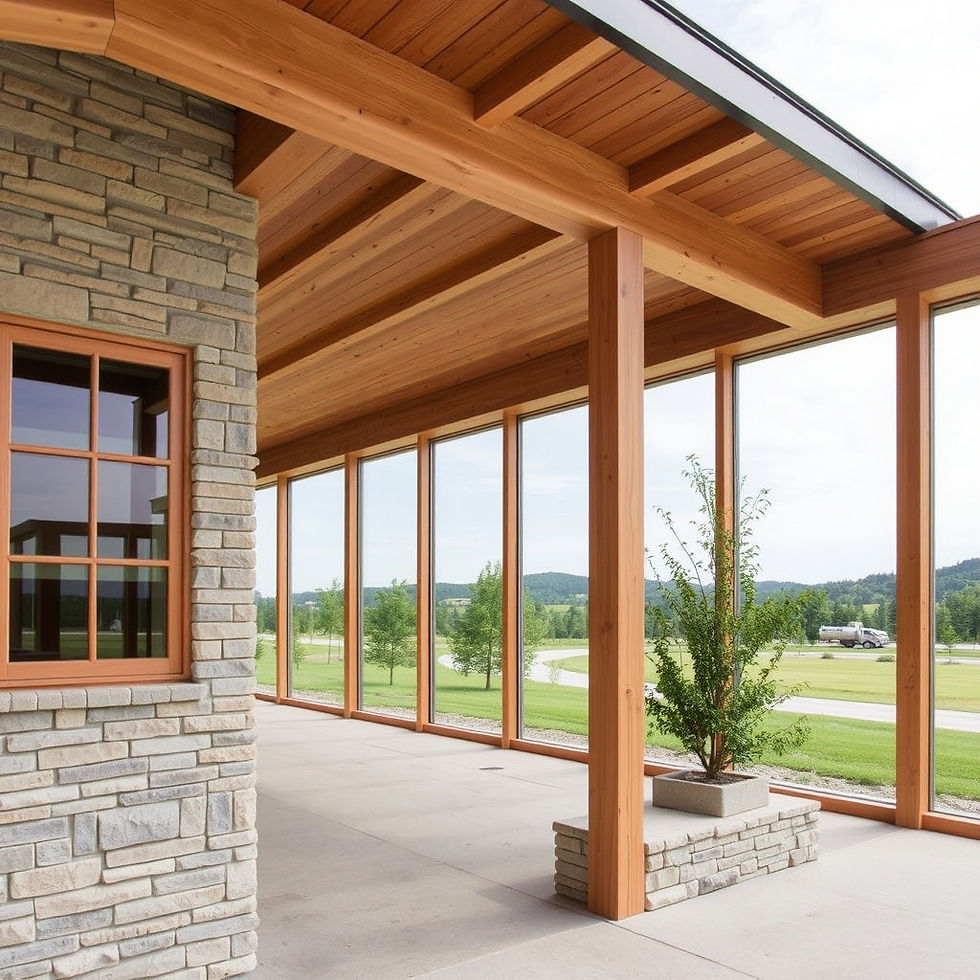
For example, architects can draw inspiration from local building techniques or historical designs. Incorporating features like custom woodwork or decorative masonry into modern buildings can strike a balance between innovation and tradition. By honoring the art of craftsmanship alongside efficiency, we can ensure that modern architecture retains its soul in the quest for progress.
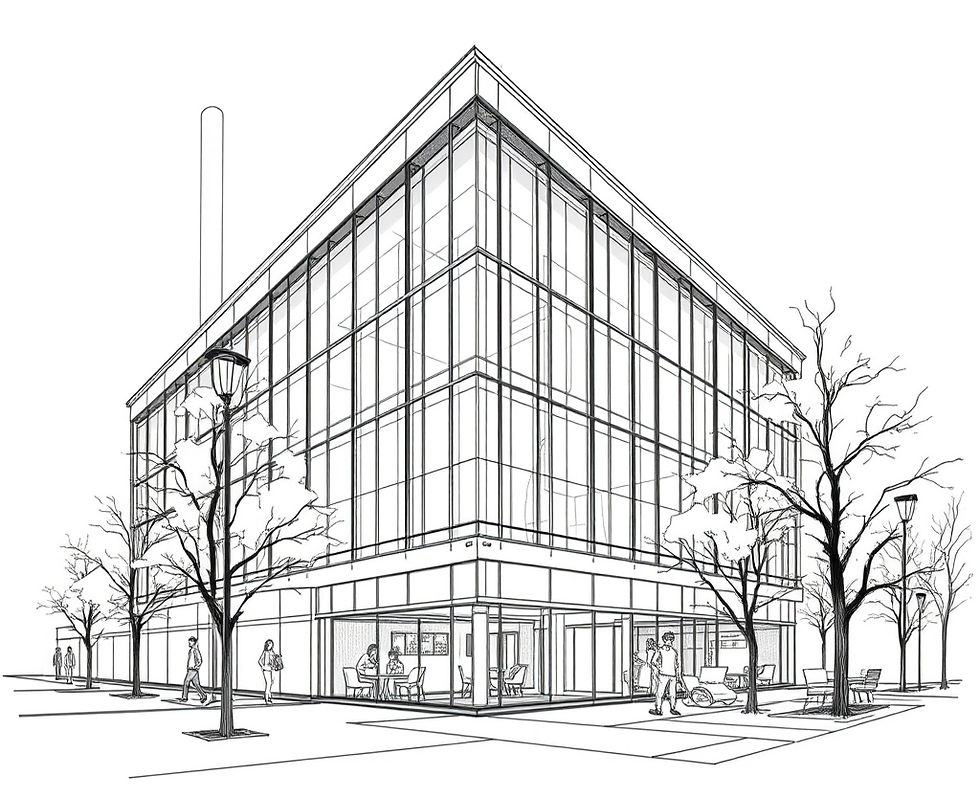
A Path Forward
Modern architecture stands at a pivotal point. While digital craftsmanship has enhanced the accuracy and potential of building design, it risks erasing the character and distinctiveness of traditional styles. Moving forward, it is crucial to reassess our relationship with technology and craftsmanship in architecture. By embracing both aspects, we can revive the soul of our urban environments, allowing future generations to appreciate the richness of space and community.
Head over to our Resource Section for more insights and useful references.





Comments